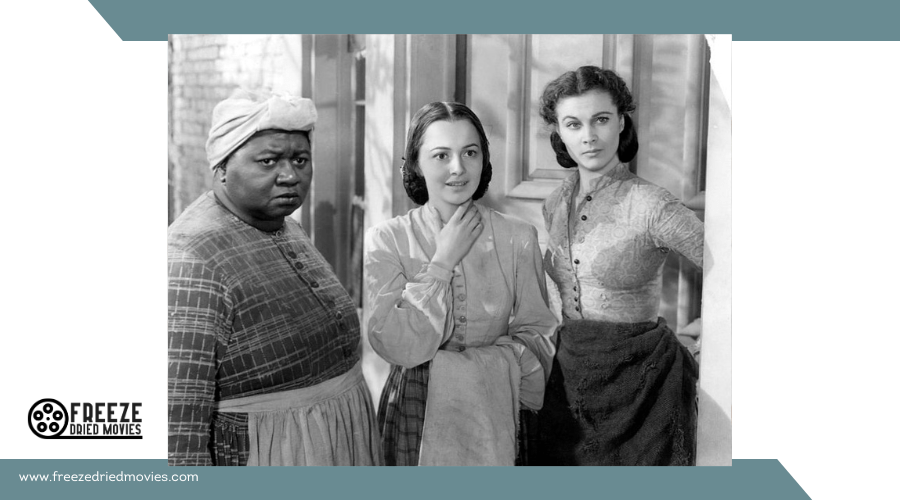The Rise of the Movie Musical: 1930s Hollywood Hits
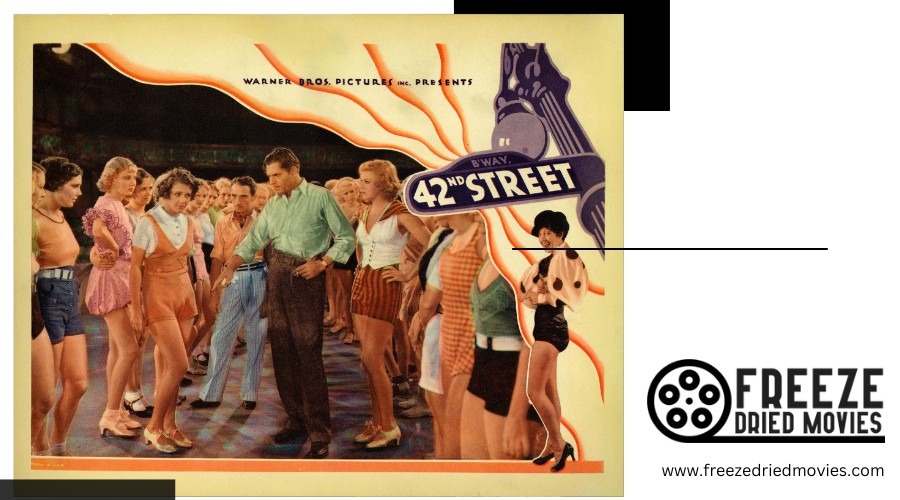
Imagine living in the 1930s, amidst the economic challenges of the Great Depression. You visit the cinema, seeking an escape from daily hardships, and are greeted by the dazzling spectacle of a movie musical. Films like *42nd Street* and *Gold Diggers of 1933* captivate you with their innovative choreography and elaborate visuals, offering a vibrant reprieve. But what made these musicals so distinctive, and how did they transform Hollywood's landscape? Let's explore the key elements that defined this golden era and the lasting impact it had on cinema.
Economic Impact on Hollywood
The stock market collapse of 1929 severely impacted Hollywood, leading to studio closures and a drastic decline in movie theater attendance. The Great Depression exacerbated these financial hardships, putting considerable strain on the film industry. By 1933, nearly one-third of U.S. movie theaters had shut down, underscoring the economic challenges faced by Hollywood during this period.
To counter declining audiences, studios implemented strategies such as lowering ticket prices and offering giveaways to entice viewers back into theaters. Despite these efforts, many studios faced the risk of bankruptcy as people prioritized saving their money over spending it on entertainment.
In this challenging environment, musicals emerged as a popular form of escapist entertainment. They provided a temporary respite from everyday worries, making them essential for audiences seeking relief from financial struggles. This demand for escapism led to a resurgence in the genre, as people flocked to theaters to experience the glamour and joy that musicals offered.
Hollywood had to adapt quickly to survive the Great Depression, relying on musicals and other forms of escapist entertainment to sustain the film industry through one of its most difficult periods.
Characteristics of 1930s Musicals
1930s musicals are characterized by their seamless blend of elaborate dance sequences and catchy songs, bringing stories of love, ambition, and humor to life. The introduction of Technicolor enhanced their visual appeal, making these films a visual feast during the Great Depression. Iconic duos like Fred Astaire and Ginger Rogers set high standards for musical performances, captivating audiences with their stunning dance numbers and engaging narratives.
Songs and Dance Integration
The musicals of the 1930s were marked by innovation, seamlessly integrating songs and dance into their storytelling. Hollywood musicals of this decade used musical numbers not just for entertainment but as essential narrative tools. These numbers advanced the plot and developed characters, enhancing the overall story. Elaborate dance sequences, often crafted by choreographers like Busby Berkeley, became iconic, showcasing incredible talent and visual spectacle that captivated audiences.
Key aspects of 1930s musicals included:
- Plot Advancement: Musical numbers were crucial to the story, driving the narrative forward and adding depth to characters.
- Visual Spectacle: Elaborate dance sequences, known for their complexity and grandeur, became a hallmark, capturing the audience's imagination.
- Cultural Reflection: Costumes and settings often mirrored contemporary fashions, grounding these films in the cultural context of the time.
Films like *42nd Street* and *Gold Diggers of 1933* exemplified this blend of catchy songs, humor, and romance. By integrating song and dance seamlessly, 1930s musicals set a high standard for future Hollywood productions, making them timeless classics that continue to influence the genre.
Technicolor and Visual Appeal

The introduction of Technicolor in the 1930s revolutionized the visual appeal of movie musicals, making films like *The Wizard of Oz* (1939) unforgettable. This technological breakthrough enriched the visual storytelling, transforming musicals into vibrant spectacles.
Hollywood leveraged Technicolor to create elaborate set designs and costumes that epitomized the era's aesthetics, enhancing the films' grandeur and immersing audiences in their worlds. Technicolor allowed filmmakers to craft dynamic dance sequences and song performances, making these elements iconic in the genre. The fusion of catchy songs with visually striking scenes solidified these musicals as cultural phenomena.
Here's a quick overview of Technicolor's impact on 1930s musicals:
| Aspect | Impact of Technicolor | Example Film |
|---|---|---|
| Visual Appeal | Enhanced storytelling with vivid colors | *The Wizard of Oz* |
| Elaborate Set Design | Created visually stunning spectacles | *42nd Street* |
| Dance Sequences | Made performances more dynamic | *Top Hat* |
| Catchy Songs | Elevated by the vibrant color palette | *Gold Diggers of 1933* |
Technicolor firmly established the 1930s musical as a feast for the eyes and ears, offering a much-needed escape during the Great Depression.
Romance and Humor Themes

Technicolor's visual splendor captivated audiences, but it was the themes of romance and humor that truly resonated on a personal level. 1930s musicals often centered on love and relationships, providing an emotional escape during the Great Depression. Romantic storylines were a staple, engaging viewers with tales of love and connection. Films like "42nd Street" and "Gold Diggers of 1933" seamlessly integrated catchy songs and elaborate dance sequences to highlight romantic tensions.
Humor was equally significant in these musical comedies. Witty dialogue and comedic situations were expertly woven into the narratives, offering light-hearted entertainment and a break from the harsh realities of the time. Comedic love triangles and misunderstandings added depth to the romance, making the stories more engaging and relatable.
Key elements of 1930s musicals included:
- Romantic Storylines: Central plots focused on love and relationships.
- Humorous Situations: Witty dialogue and comedic scenarios provided much-needed laughs.
- Catchy Songs and Dance Sequences: These highlighted romantic conflicts and resolutions.
The successful blend of romance and humor helped solidify the musical genre as a Hollywood staple, reflecting societal desires during challenging periods.
Key Films and Innovations
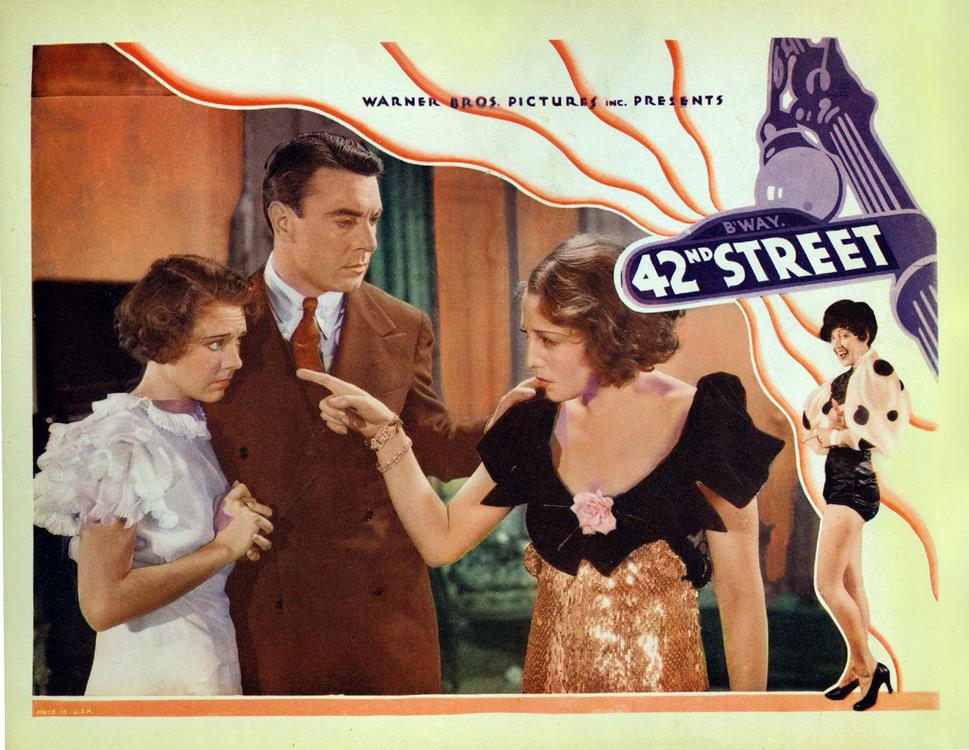
The 1930s marked a golden era for movie musicals, with films like *42nd Street* (1933) and *Gold Diggers of 1933* setting new standards in elaborate dance sequences and memorable songs. These musicals provided a much-needed escape during the Great Depression, captivating audiences with their grand production numbers and intricate choreography. A key figure in this transformation was Busby Berkeley, known for his creative use of geometric patterns and elaborate set pieces, particularly in *42nd Street*.
One of the most significant advancements of the era was the introduction of Technicolor, which made films like *The Wizard of Oz* (1939) visually stunning and enhanced the aesthetic experience of musical films. The vibrant colors added a layer of magic and immersion, making these films even more enchanting.
Here's an overview of key films and their advancements:
| Film | Advancement |
|---|---|
| *42nd Street* | Geometric choreography by Busby Berkeley |
| *Gold Diggers of 1933* | Elaborate production numbers |
| *The Broadway Melody* | Early success in sound films |
| *The Wizard of Oz* | Use of Technicolor |
| *The Jazz Singer* | First film to feature synchronized sound |
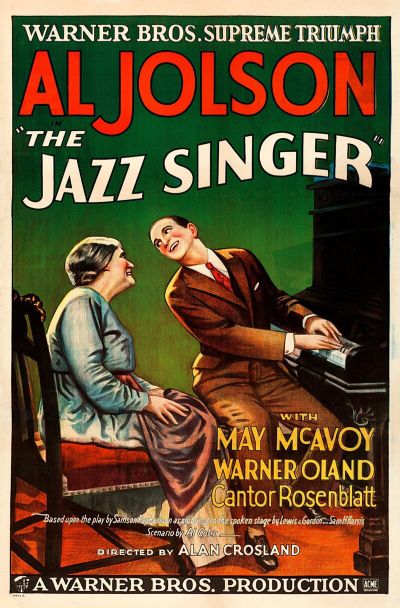
These films and advancements not only defined the era but also laid the groundwork for the future of musicals in Hollywood.
The Glut and Decline
In the early 1930s, the initial success of movie musicals led to an overwhelming number of releases, with over 100 in 1930 alone. This oversaturation caused audience fatigue and financial strain on studios, which rapidly reduced the number of musicals to just 14 by 1931. Rigid distribution practices and poorly executed films further exacerbated the situation, leading to a sharp decline in the genre's popularity.
Oversaturation and Audience Fatigue
Imagine stepping into a cinema in 1930, only to find yet another musical extravaganza on the screen. The initial charm of movie musicals quickly turned into an oversupply that exhausted public taste. Over 100 screen musicals were released in 1930 alone, saturating the market. This glut led to audience weariness as theaters, bound by rigid studio distribution practices, showcased these musical spectacles for extended periods.
The consequence? A significant decline in viewer interest. By 1931, the financial strain on studios was evident. Only 14 musicals were produced that year, a stark contrast to the previous year's abundance. Audiences grew tired as musical narratives became diluted, often having songs removed to fit evolving tastes. This led to critically panned films like MGM's *Hollywood Revue of 1929* and DeMille's *Madam Satan*.
You can see the impact of this oversaturation in several ways:
- Declining Box Office Returns - Musicals no longer captivated audiences, resulting in poor financial performance.
- Changes in Production - Studios cut costs and reduced the number of musicals.
- Audience Disconnect - Altered films left viewers feeling disenchanted and disconnected from the story.
These factors marked the beginning of the decline for the once-beloved movie musical genre.
Financial Strain on Studios
The oversaturation of musicals in the early 1930s strained both audience patience and studio finances. Following the massive success of films like "Love Parade" and "Broadway Melody," over 100 musicals were released in 1930 alone, saturating the market and leading to a rapid decline in audience interest. The economic climate of the Great Depression exacerbated these issues, as fewer people could afford movie tickets, resulting in poor box office returns.
Studios had to dramatically cut costs. By 1931, the number of musicals produced had plummeted to just 14 films. Rigid studio distribution practices further alienated audiences, as theaters were often required to showcase unappealing musicals for extended periods. Films like MGM's "Hollywood Revue of 1929" and DeMille's "Madam Satan" suffered from awkward edits that removed songs, turning them into disjointed comedies that failed to engage viewers.
High production costs combined with diminishing audience engagement pushed studios to the brink of financial ruin. The once-thriving musical genre saw a sharp decline in popularity, as the financial viability of producing musicals became increasingly questionable during these challenging times.
Cultural Impact and Legacy
The movie musicals of the 1930s played a pivotal role in shaping both the film industry and the cultural landscape of the era. These films provided essential escapism during the Great Depression, allowing audiences to momentarily forget their hardships and immerse themselves in a world of music and dance. The cultural impact of these musicals was significant, reflecting societal norms and fostering a sense of community among viewers.
The legacy of 1930s musicals includes:
- Popularizing Contemporary Music: These films introduced jazz and other contemporary music styles to a wider audience, significantly contributing to the film industry's evolution as a major art form.
- Creating Iconic Numbers: Memorable songs and dance routines from this era established a lasting legacy, continuing to inspire filmmakers and choreographers worldwide.
- Laying the Foundation for Future Musicals: The musicals of the 1930s set the groundwork for future musical films, influencing Broadway shows and contemporary musical theater, and setting high standards for storytelling through song and performance.
Influential Figures and Contributions
The 1930s musicals left an indelible mark on culture, thanks to key figures whose talents and contributions defined the era. Busby Berkeley revolutionized movie musicals with his innovative choreography in films like *42nd Street*, transforming musical numbers into visual extravaganzas that remain iconic.
Fred Astaire and Ginger Rogers set the gold standard for musical performances with their impeccable dance routines and on-screen chemistry in classics like *Top Hat* and *Swing Time*, captivating audiences worldwide.

The collaboration between Rodgers and Hart with director Rouben Mamoulian on *Love Me Tonight* showcased their ability to integrate popular music seamlessly into film narratives, significantly enriching the genre.
Marlene Dietrich's performance of "Falling in Love Again" in *The Blue Angel* showcased her unique blend of musical talent and cinematic presence, adding depth to the era's films.
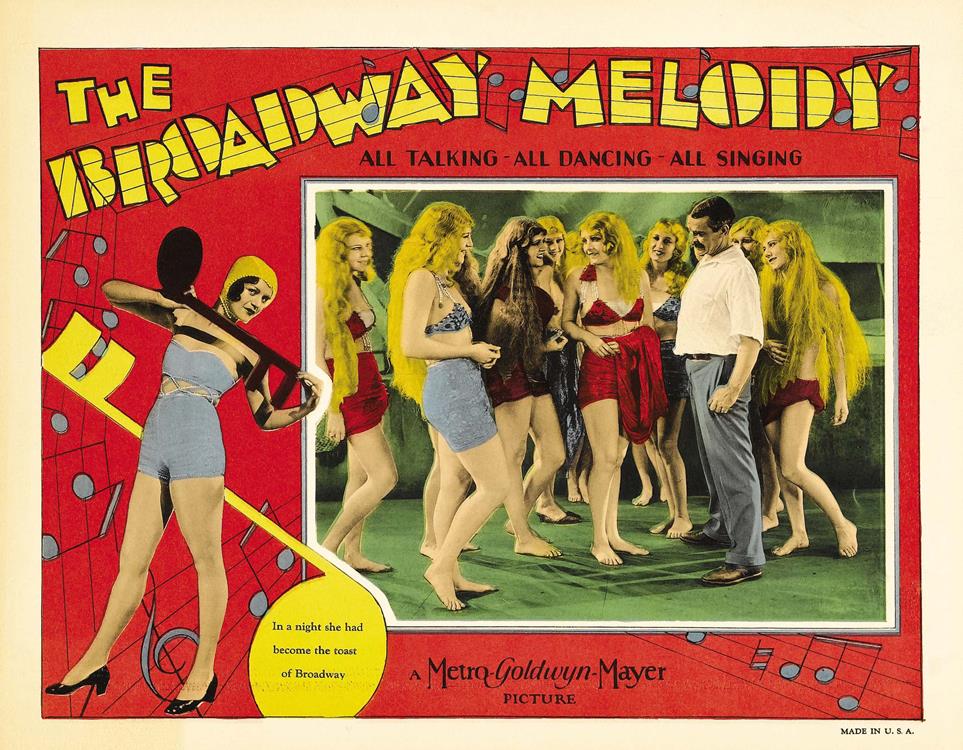
The success of *The Broadway Melody*, the first musical to win an Academy Award for Best Picture, solidified movie musicals as a cornerstone of 1930s Hollywood, demonstrating the genre's lasting appeal and cultural significance.
Technological Advancements
Imagine watching a film where music and dialogue seamlessly blend for the first time; that was the magic *The Jazz Singer* brought to audiences in 1927. The introduction of synchronized sound transformed the film industry, making musicals a viable and popular genre. This technological innovation allowed songs to be integrated seamlessly into narratives, paving the way for the golden era of musicals.
In the 1930s, the advent of Technicolor added an extra layer of enchantment to musicals. Films like *The Wizard of Oz* (1939) showcased vibrant color palettes that captivated audiences, enhancing the visual appeal of musical performances. These advancements in color technology made every scene a feast for the eyes, drawing viewers deeper into the story.
Technological innovations continued to evolve. Improvements in sound recording and playback allowed filmmakers to capture the nuances of live singing and orchestration with greater accuracy. Enhanced sound quality significantly boosted the audience's experience of musical performances.
Elaborate choreography and stage-like set designs became more feasible due to advanced camera techniques. Directors like Busby Berkeley took full advantage, creating dynamic dance sequences that left audiences spellbound. These innovations laid the groundwork for the golden era of musicals, a framework still influential today.




